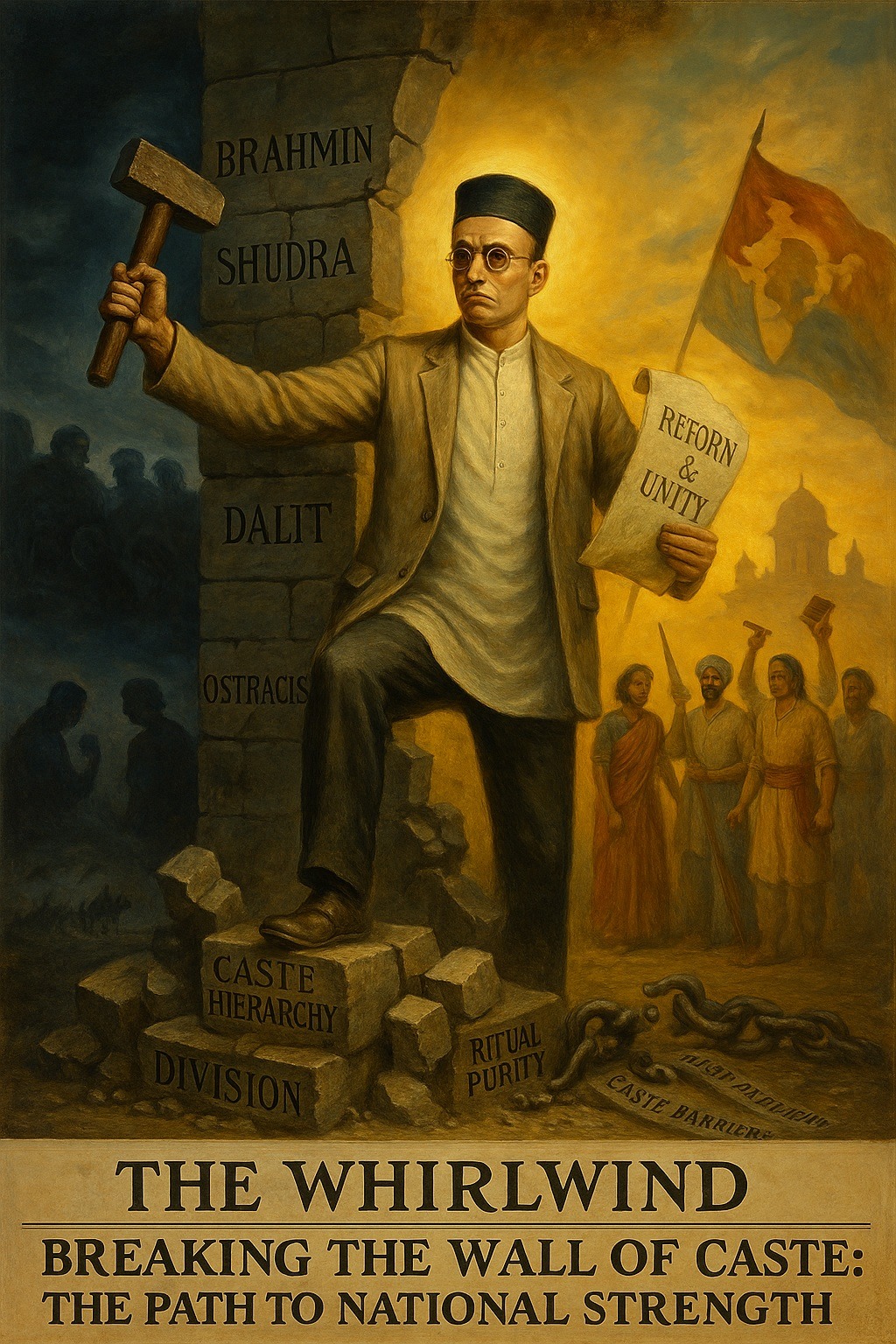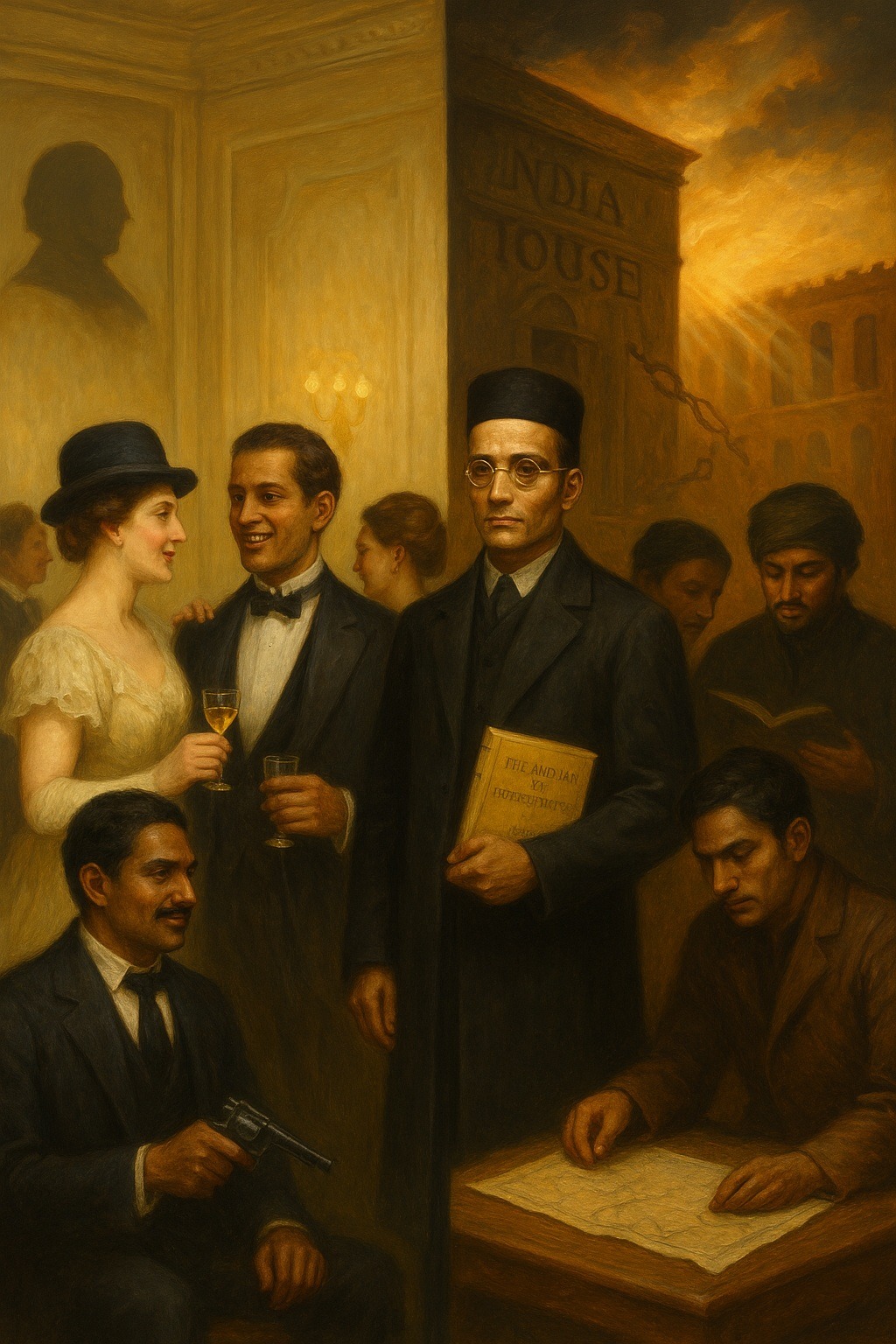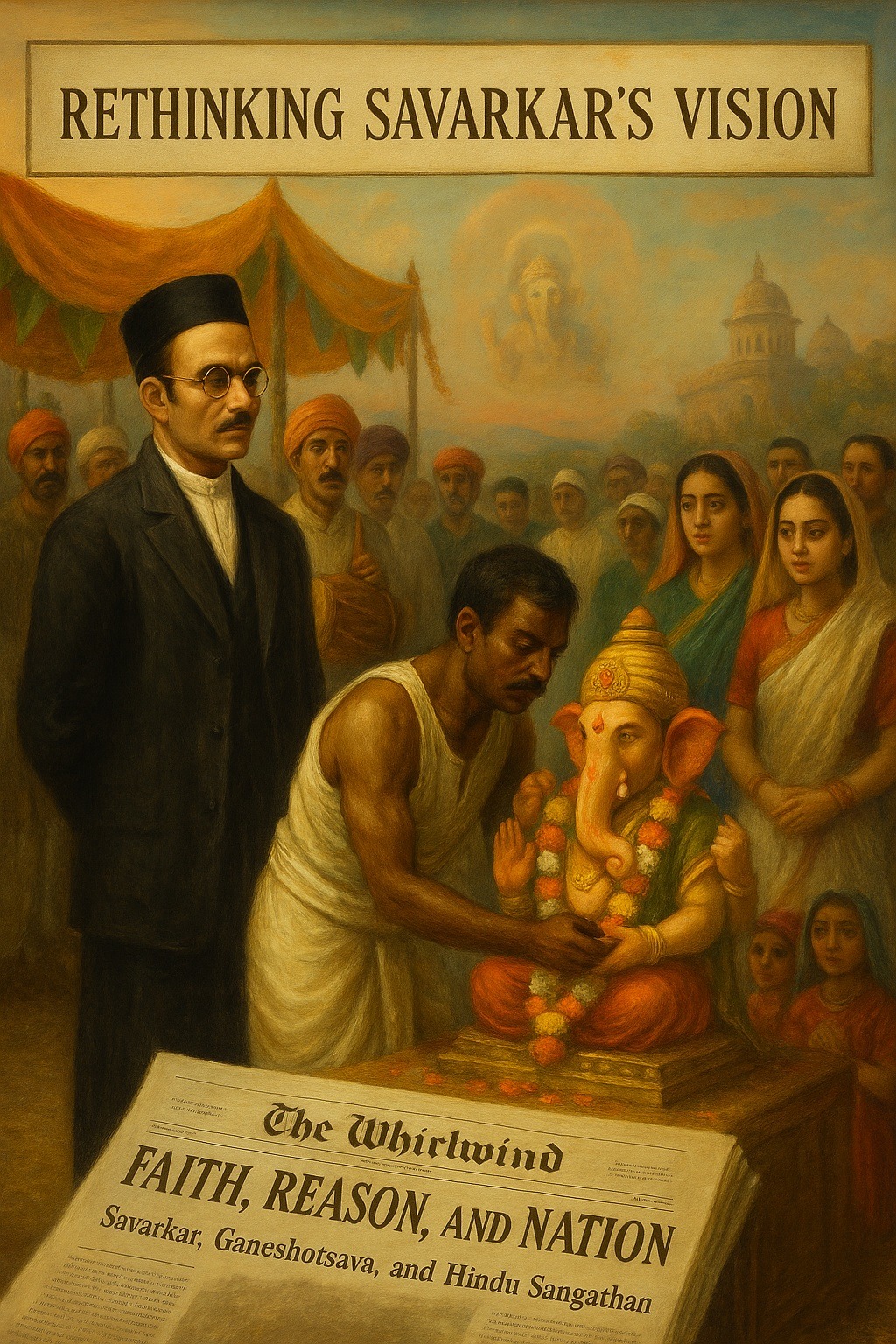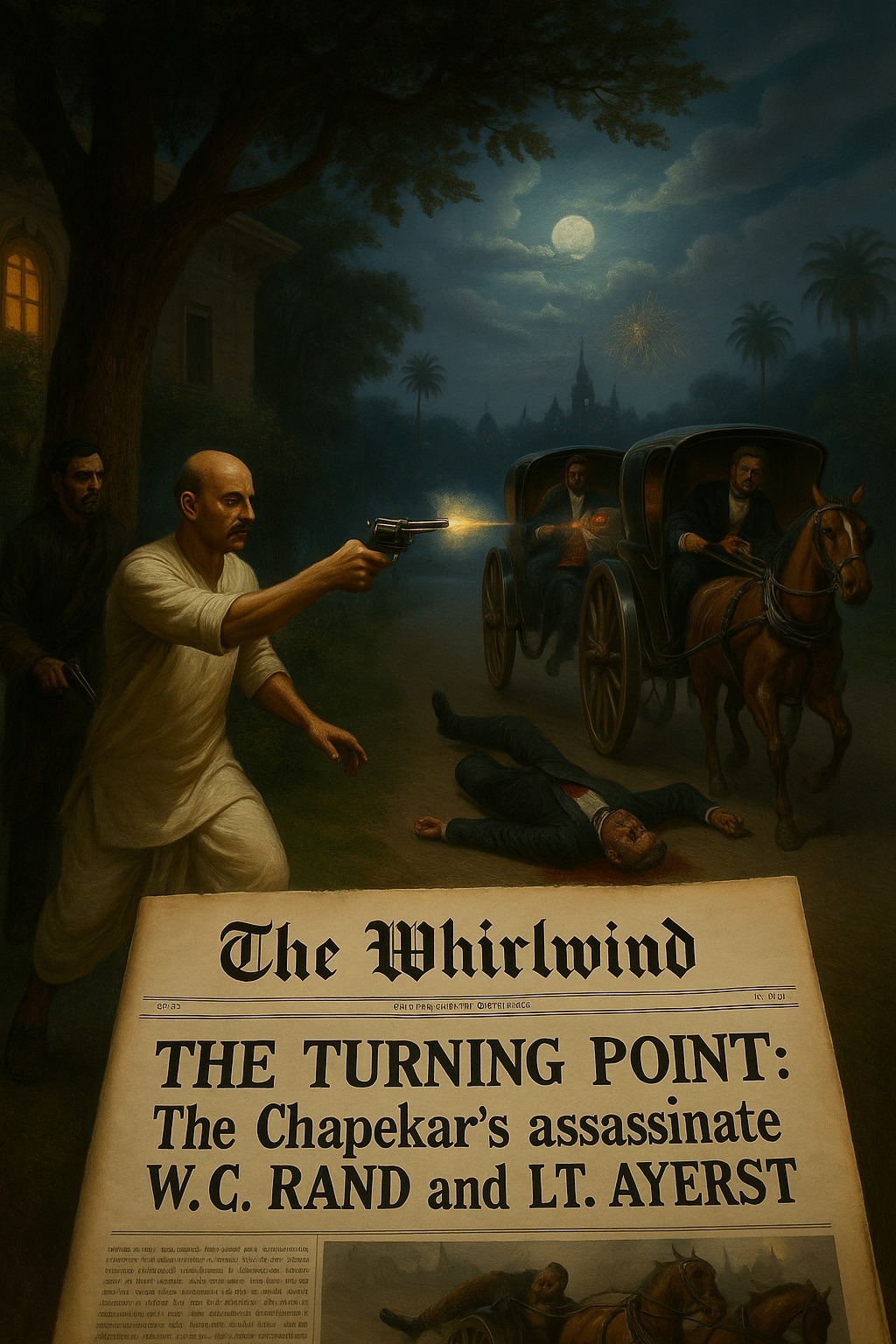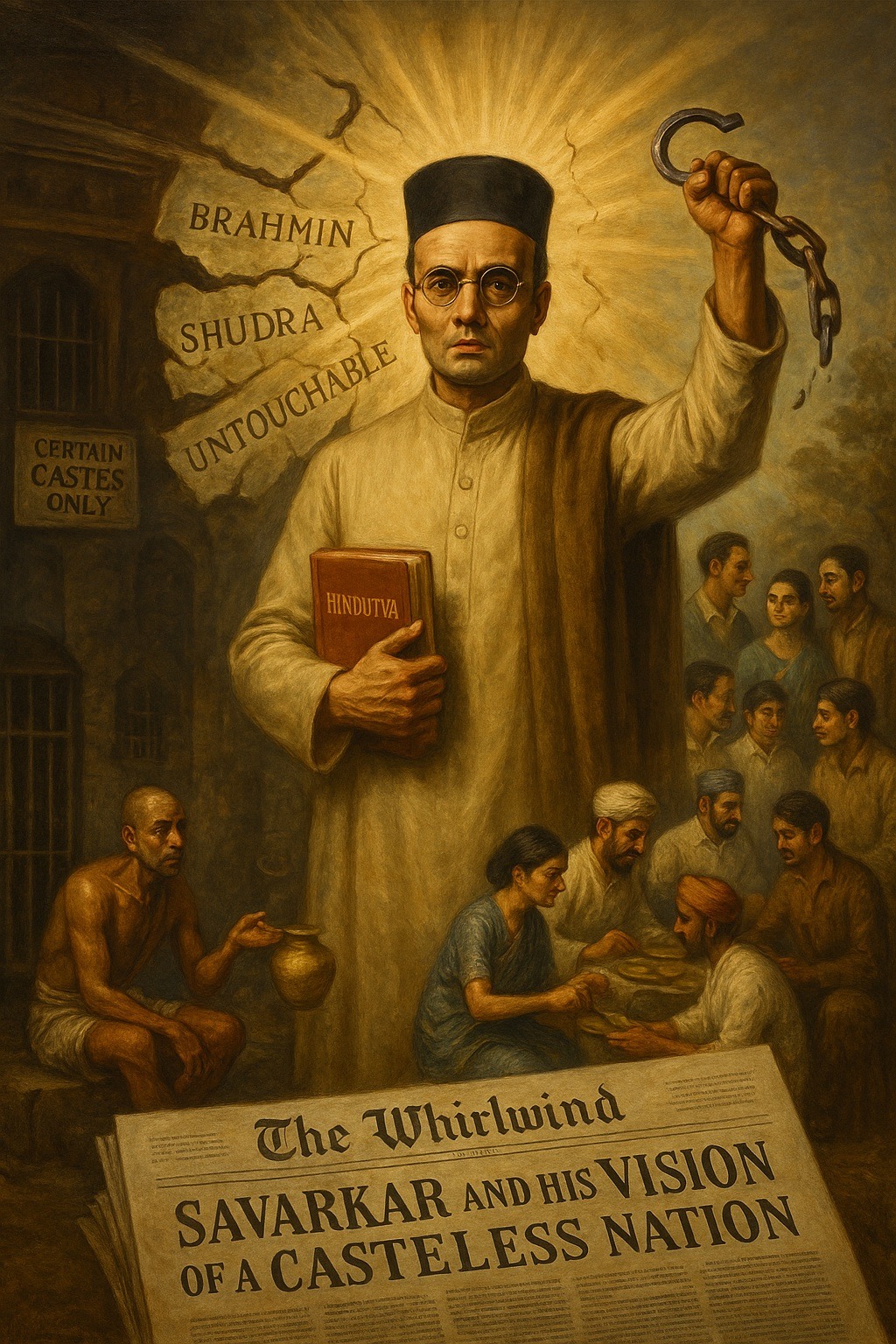Tag: SocialReform
-
The meeting between M.K. (Mahatma) Gandhi and Vinayak Damodar (Veer) Savarkar in Ratnagiri in 1927 was one of those rare encounters in Indian history where two towering, yet ideologically opposed, figures came face to face. Though often overlooked, this event offers a unique window into the clash of philosophies that would shape the future of…
-
The caste system has long been a defining yet contentious element of Hindu society. Vinayak Damodar (Veer) Savarkar, a fierce nationalist and reformist, saw this system not just as a social hierarchy but as a significant barrier to Hindu unity and nation-building. His critique of caste-based social ostracism stemmed from his conviction that it weakened…
-
When Vinayak Damodar (Veer) Savarkar arrived in London in 1906, he stepped into a diverse Indian student community. Some of them were already politically conscious but not yet revolutionary. Another major part of the Indian students, which were actually the majority, prided themselves on being more English in their make-up and mind than Englishmen themselves.…
-
Vinayak Damodar (Veer) Savarkar, a revolutionary thinker and social reformer, played a crucial role in challenging the rigid traditions of Hindu society. During his time in Ratnagiri, he maintained close contact with people from all sections of society and received widespread support—except from one particular group: the Hindu orthodox traditionalists. His relationship with them was…
-
When we think of Ganesh Chaturthi (Ganeshotsava), the name of Bal Gangadhar (Lokmanya) Tilak often comes first. In the 1890s, Tilak had transformed a private household ritual into a public celebration — a powerful tool for awakening nationalist spirit and resisting colonial rule. But three decades later, in 1925, another revolutionary, Vinayak Damodar Savarkar (Veer…
-
When we think of the modern Ganesh Chaturthi festival (Ganeshotsava), one name inevitably comes to mind: Bal Gangadhar (Lokmanya) Tilak, who in the 1890s transformed it from a private household ritual into a public celebration of unity and resistance against colonial rule. But what about Vinayak Damodar (Veer) Savarkar? Despite organizing a Pan-Hindu Ganesh Utsav…
-
On the night of June 22, 1897, two British officials — Walter Charles (W.C.) Rand, Plague Commissioner of Pune, and Lieutenant Charles Egerton Ayerst, his military escort — were assassinated by Indian revolutionaries Damodar and Balkrishna Chapekar.The attack, carried out on Ganeshkhind Road (now Senapati Bapat Road), became one of the earliest and most symbolic…
-
Social-Reformist Dimension of Hindutva, Part 8 The caste system has long been a subject of intense debate. While some have seen it as a stabilizing force in Indian society, others have condemned it as an oppressive and regressive institution. Vinayak Damodar Savarkar, a prominent Indian nationalist, falls squarely into the latter camp. His critique of…


